By Claire Bacon, ACN, CNC
Granted, we all get cold in winter, but as a general rule, do you have cold feet and hands? Do your hands or feet go numb or turn blue? Do you get muscle cramps, or throbbing and tingling in your arms and legs? If so, these are all symptoms of poor circulation. In this day and age of Covid, having healthy circulation is more important now than ever before.
After almost three years of watching research studies come out, we know that the spike protein causes massive inflammation in the endothelial lining of our arteries. The lasting inflammation can cause disruptions to our cardiovascular system for months. The key is to preventively keep inflammation down so that a temporary infection doesn’t throw your body into high alert. Starting out an infection with an already high level of inflammation is a high-risk factor for serious complications.
Many people think that poor circulation is something they just have to put up with. But you can do plenty to help; this isn’t something you should ignore. There are real health concerns that go way beyond cold extremities. It can be very detrimental to the heart. Left unchecked, poor circulation can lead to blood clots, peripheral artery disease, capillary weakness, stroke, or heart attack.
Compromised blood flow can be a symptom of a bigger underlying problem. Maybe it’s systemic inflammation? Maybe it’s a disc issue? Sooner rather than later, we need to figure out why your tissues aren’t getting enough oxygen or nutrients carried through the blood.
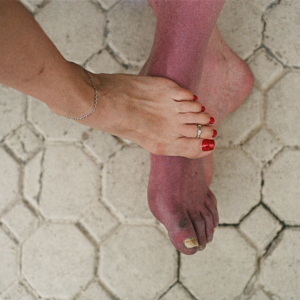
Understanding the Basics of Circulation
Your circulatory system has a big job. It transports blood, oxygen and nutrients all throughout your body. If blood flow to any part of your body is restricted, you may experience uncomfortable symptoms, like swelling, numbness, tingling or being icy cold.
The circulatory system is driven by the heart, to provide a constant supply of blood to the body through the blood vessels. It transports adult stem cells, red & white blood cells, hormones, plasma and nutrients to cells. Your blood also removes CO2 and waste products .
The components associated with the circulatory system are the arteries, veins, and capillaries. These components make for a vast network of pipes. If you were to lay out all the blood vessels of the body in a line, they would stretch for nearly 60,000 miles. That’s enough to circle the earth almost three times!
- Veins: any of the tubular branching vessels that carry blood from the capillaries towards the heart.
- Capillaries: the smallest blood vessels forming networks throughout the body.
- Arteries: any of the tubular branching muscular- and elastic-walled vessels that carry blood from the heart through the body.
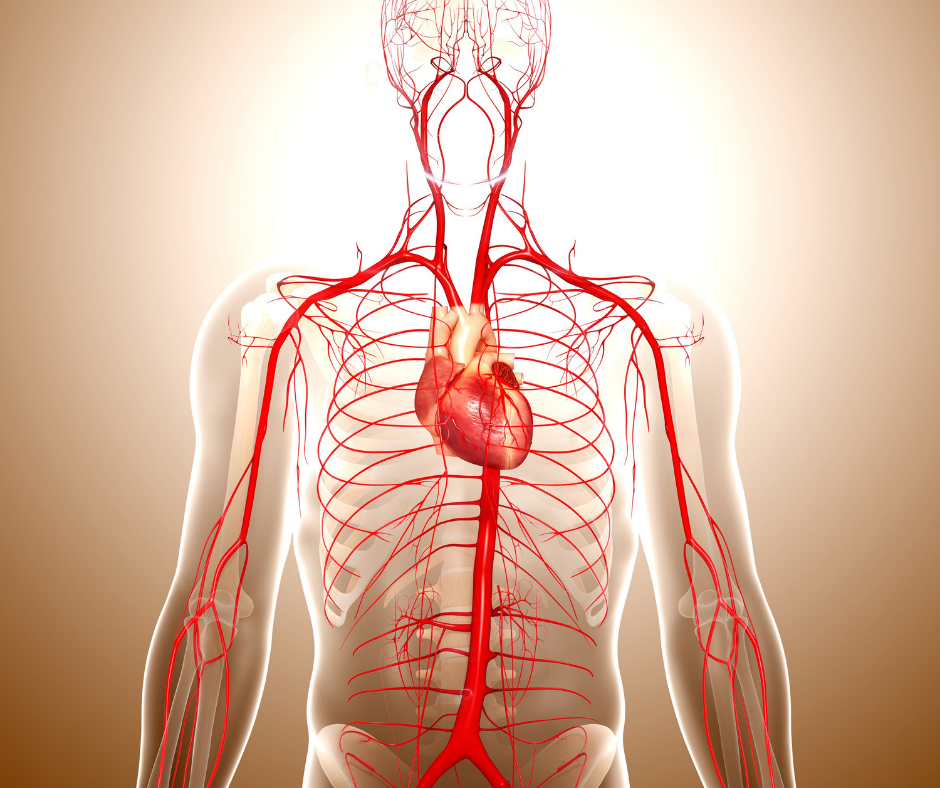
Substances that Harm Circulation
Sugar
Advanced glycation end products (AGEs) are proteins or lipids that become “glycated” after exposure to sugars. The presence of AGEs can occur in many different cell types throughout the body (i.e. systemic inflammation). Within the body, AGEs alter cell structure and normal vascular function.
Excess sugar in the bloodstream can cause inflammation; I like to describe this as “little shards of glass in the blood.” This makes blood vessels narrow and reduces blood flow. It can lead to a host of complications, such as minor aches & pains, nerve damage, peripheral artery disease (PAD), heart attack, and stroke.
With more sugar in your system, this will cause your cholesterol to rise. One purpose of cholesterol is to patch the inflammation in your arteries, kind of like Bondo or duct tape. The idea is if you can bring down your overall inflammation, cholesterol levels will normalize. No matter your level, cholesterol should slip right through healthy arteries just like a kid on a Slip n’ Slide.
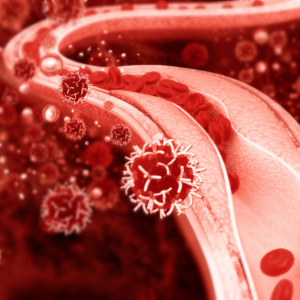
Fibrin
Fibrin is an insoluble protein that forms a matrix in which red blood cells and platelets are trapped. A blood clot forms by the action of thrombin on fibrinogen – a natural and essential process. However, when there are excess free radicals in the blood from oxidative stress, the free radicals cause excess fibrin threads to appear in the blood.
When you supplement with enzymes that breakdown fibrin, and consume antioxidant and anti-inflammatory nutrients, these inflammatory effects reduce and blood flow increases. Our favorites are Nattokinase and Serrapeptidase enzymes, (aka “systemic enzymes”). By doing so, active stem cells, immune cells, nutrients and oxygen can be delivered to tissues throughout the body, maintaining optimal health.
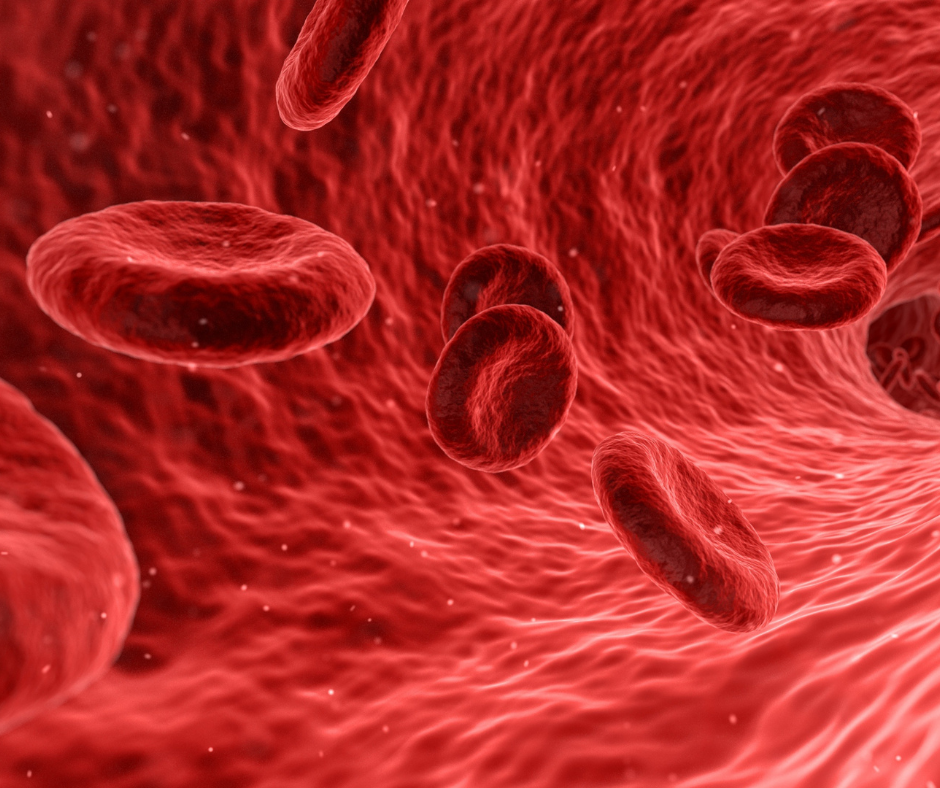
Radiation
Exposure to ionizing radiation is associated with damage to the heart and coronary arteries. This commonly happens with x-rays, which in the process of revealing our bones, can remove electrons from the cells and tissues through which they pass. This action may cause eventual harm, such as skin or lymphatic tissue damage, or cancer. Recent studies become better able to quantify this risk, while also adjusting for medical and lifestyle risk factors.
Unrepaired damage to cells and tissues leads to signaling by reactive oxygen species (ROS), micro RNAs, and cytokines. At the cellular level, damage manifests as apoptosis and oxidative stress. Cellular mutations caused by mis-repaired DNA damage are major drivers for cancer, circulatory, and/or metabolic diseases.
The relatively new 5G technology (non-ionizing radiation) may be another health hazard for us. As 5G requires higher-frequency bandwidths (millimeter waves), these will be used in addition to microwaves used for 4G. You see, 4G is not being phased out; it will be used along with 5G – which means we’ll face radiation exposure from both sources simultaneously! The new system relies on many closely-spaced towers. All of this means we’ll have unprecedented levels of radiofrequency radiation transmitted through our homes and businesses. It is unknown exactly how plant and animal life will respond to the increase. At this point, we don’t have enough research to know. In the meantime, we need to find ways to protect ourselves.

Wheat
Loren Cordain, Ph.D., author of “The Paleo Diet” first pointed out the cardiotoxicity of wheat. His research explains that dietary lectins, as found in wheat, cause formation of fatty streaks and plaque in the arteries. Dr. Cordain explains that dietary lectins fend off microbial and animal predators, and are capable of gaining entry into the circulatory system:
“In order for dietary lectins to be promoters of atherosclerosis, the following physical and physiological processes must occur: 1) must survive cooking and processing; 2) they must survive dig enzymatic degradation; 3) they must bind gut tissue; 4) they must cross gut tissue barrier; 5) they must resist immunological and hepatic (liver) disposal; 6) they must arrive in peripheral circulation intact in physiological concentrations; 7) they must interact with one or more mechanisms known to influence atherosclerosis. The six of these seven steps are known to transpire, as ingested lectins rapidly appear intact in the bloodstream of humans and animals and cross the intestinal barrier in human cultured tissue.”
At sites where arteries branch, a protective “glycocalyx” (a slippery coating that reduces turbulent flow) prevents damage that might be caused by white blood cells attaching to the arteries. Similarly, as wheat lectins bind to the slippery glycocalyx in the intestines, they can also bind to the glycocalyx lining the arteries, resulting in the subsequent inflammation associated with atherosclerosis. There is also the possibility that the immune system may respond to the presence of wheat proteins by producing antibodies that cross-react with cardiovascular tissue, causing a variety of diseases.
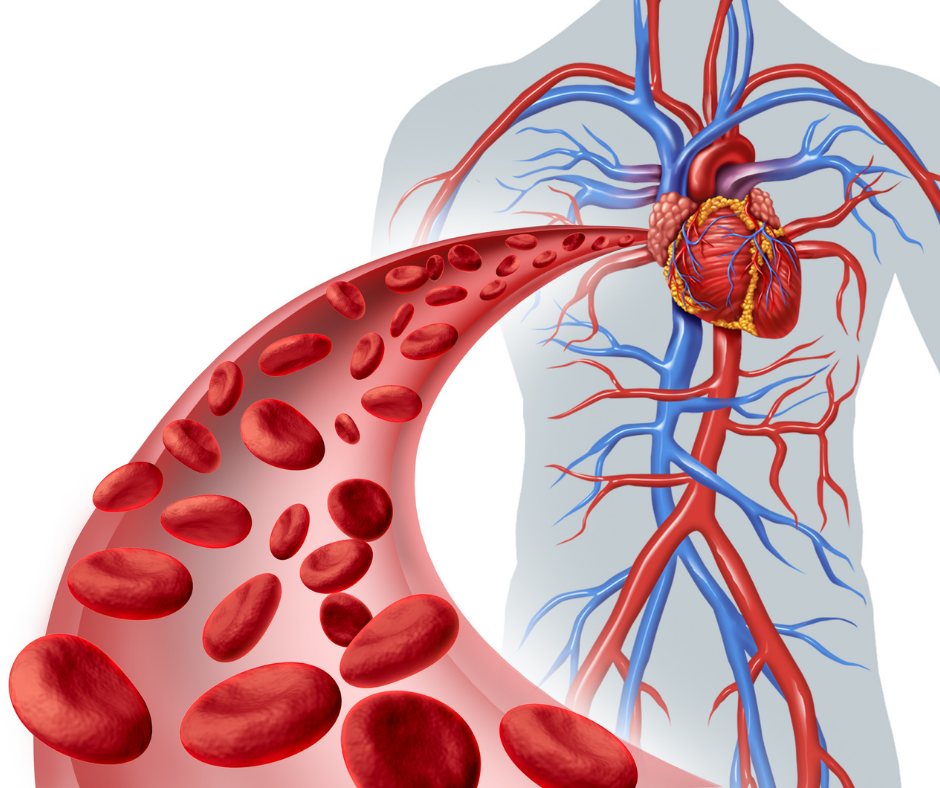
Excess Proteins
In the event of excess or unused proteins building up in the blood, this can impede blood flow and be a contributing factor to lymphedema. Imagine this: within your blood there is an “assembly line” of proteins floating through. These proteins (or basic amino acids) are the building blocks you need for growth and repair of certain tissues. However, if you don’t have the right variety of amino acids, you’ll be missing the proper “lock and key” mechanisms to utilize all your proteins on the assembly line. A bunch of unused parts floating through makes the blood thick and sluggish, and impairs flow through the tiny capillaries. You may need to add in some upper digestive support like Zypan for better protein breakdown, or add some “essential” amino acid blends to efficiently use up what’s floating around.

Raynaud’s Phenomenon
Raynaud’s Phenomenon is a condition in response to a stressor (often cold temperature) where blood vessels in the extremities shut down to send their blood to the body’s core to protect the vital organs. In the process, the fingers or toes turn white as the blood leaves the digits, then turn blue from the lack of oxygen. They may change color again to red as the blood flows back into the digits once the person is either calm or warm again.
For Raynaud’s sufferers, our threshold for a stressor due to cold is much lower than for others. Whereas most people are fine until the temperature drops to freezing, a Raynaud’s sufferer may have an attack between 60-70 degrees. However, if you were to ask a doctor to test your circulation in the absence of an attack, it would likely appear normal, with no vascular issues.
“Home remedies” for Raynaud’s abound online, but nothing seems to work as well as simply keeping your hands warm, any way you like!

Tips for Healthy Circulation
There are lots of things you can do to promote healthy circulation. One of the best ways have healthy circulation is movement – not necessarily intense exercise, but simply taking a walk or not sitting for too long can do the trick. The more moving you do, the better. No need to push yourself too hard.
The next step is to bring down inflammation from your diet. Eating fatty fish, high fiber foods, and plenty of vegetables cooked with ginger, turmeric, and garlic are helpful. You’ll want to avoid sugar in all its forms, and avoid coffee too, as it can make small capillaries constrict.
In addition:
- Get a massage. Massage can stimulate circulation and is a great stress reducer, too!
- Avoid caffeine, nicotine and alcohol. These can constrict blood vessels.
- Wear compression stockings. These apply pressure to the legs and feet, forcing blood to flow back to the heart.
- Refer to Professor Kerry Bone’s Microcirculation Diet – which emphasizes beets, berries, cacao, green tea, ginger, turmeric, and garlic.
- Review the published Lymphedema diet.

Supplements for Healthy Circulation:
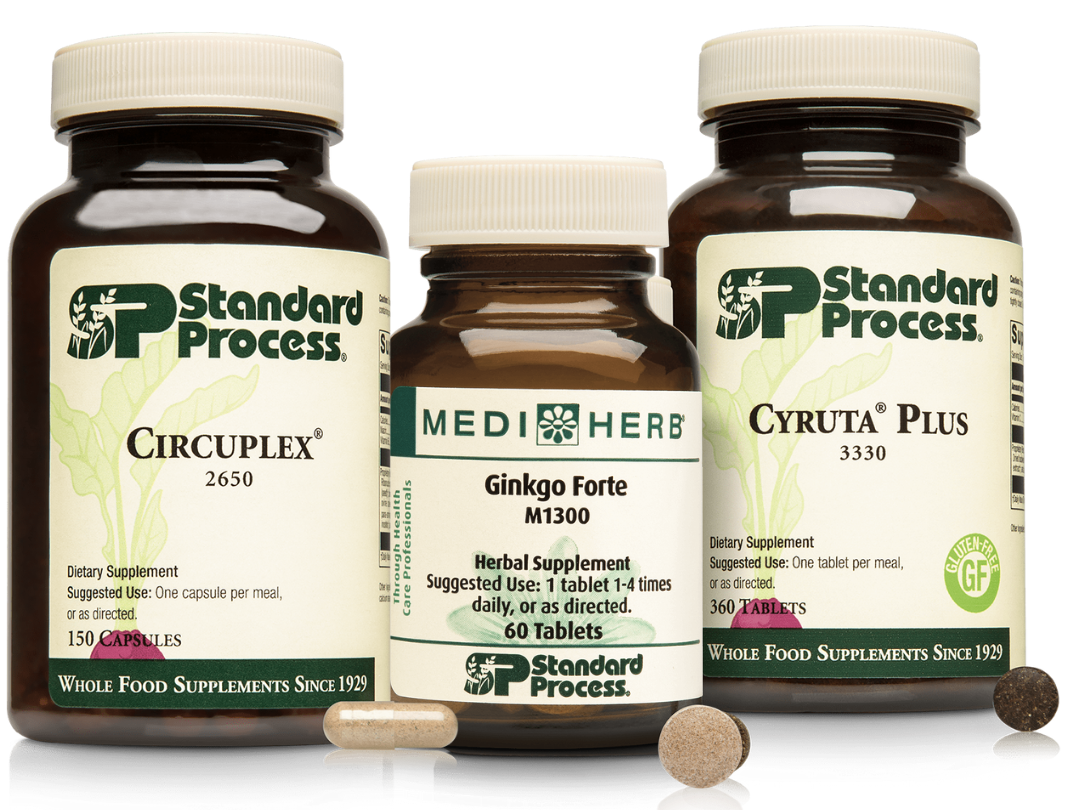
- Cyruta Plus – This is a rich source of the whole Vitamin C complex and is anti-inflammatory to your circulatory system. The buckwheat in this product provides Rutin – a powerful nutrient to support capillary health. You can chew it, too – it’s slightly sweet and berry tasting!
- Circuplex – It’s right there in the name – this is a great way to support your circulatory system. It’s like a multivitamin, with B6, Phosphorous, RNA, and more to keep your blood well oxygenated. It’s a total boost to your peripheral circulation.
- Ginkgo Forte – This is a phenomenal herb that has many great uses but is especially helpful for people with radiation concerns. If you suspect some breakdown in your vascular integrity, Gingko will give your body the protection it needs to rebuild.
- Cardio-Plus – a cardiovascular multivitamin that contains B vitamins, heart extract, vitamin E and vitamin C. A powerful all-in-one to assist breathing with aerobic activity!
- Tuna Omega 3 Oil – All Americans are at risk of having a low Omega 3:6 ratio, because of the nature of our Standard American Diet. Omega 3s reduce inflammation and support the health of the endothelial lining. Omega 3s promote good circulation and prevent blood clots. If you’re not taking a medication that would be in conflict, then having more Omega 3s in your diet would be recommended for better circulatory health.
Nitric Oxide Enhancers for Healthy Circulation
Nitric oxide helps maintain the contractility and health of vascular smooth muscle cells. Vascular disease can be due to a decreased level of nitric oxide. Therapies and nutritional strategies that increase nitric oxide could help protect vascular health. Nitric oxide in our bodies is synthesized from the amino acid L-arginine.
Dark leafy greens and root vegetables are good sources for nitrates with beets, turnips, celery, spinach, dark lettuces, buckwheat, carrots, and radishes generally having the highest levels.
These types of greens have massive benefits. They contain vitamins A, C, E and K as well as calcium, iron, potassium, magnesium, phosphorous and zinc, not to mention the fiber, folate, chlorophyll, micronutrients and phytochemicals that protect against disease. Possibly the easiest way to get more powerful greens into your diet is to add Biotics Nitrogreens powder to your shakes and smoothies.

Omega 3s for Healthy Circulation
Omega 3 fatty acids improve the overall cardiovascular risk profile of people with high markers of inflammation. There is research to show that Omega-3 fatty acids and vitamin D supplementation results in a substantial reduction in coronary calcium scores and slowed plaque growth. Further, Omega-3 fatty acids improve endothelial function and are beneficial to blood viscosity in peripheral arterial disease.
With so many benefits, it’s clear that anyone with circulatory concerns should supplement with a high-quality fish oil like Tuna Omega 3 or Cod Liver Oil.
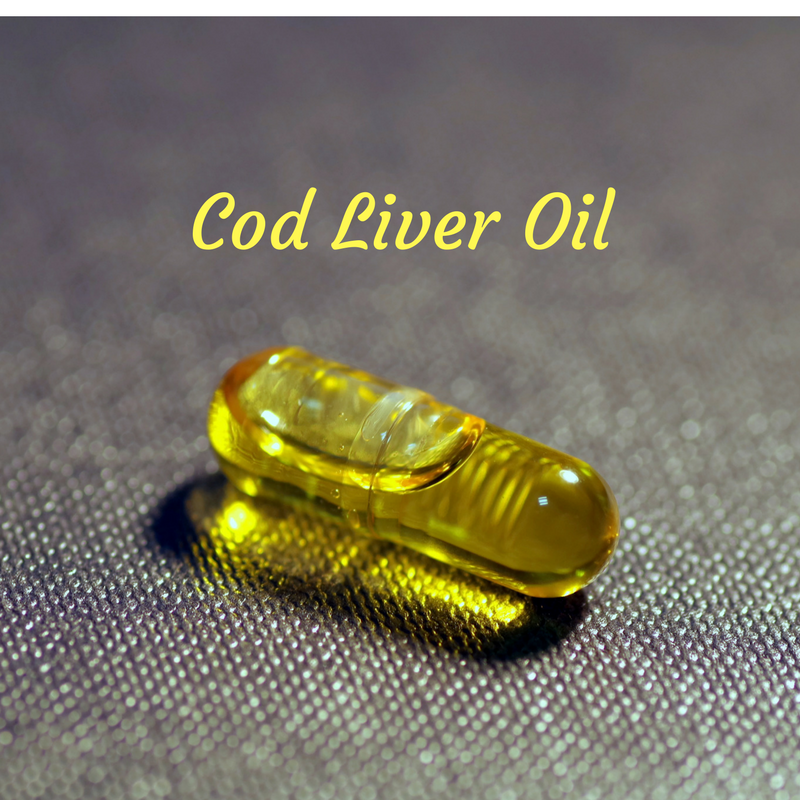
In Closing
Now that you have a good understanding of your circulatory system and the things that keep you well, you can put this knowledge into better self-care. Circulatory health is often overlooked, yet it is extremely important to avoid heart and blood issues.
We thank you for passing this post on to anyone who may benefit from it!


